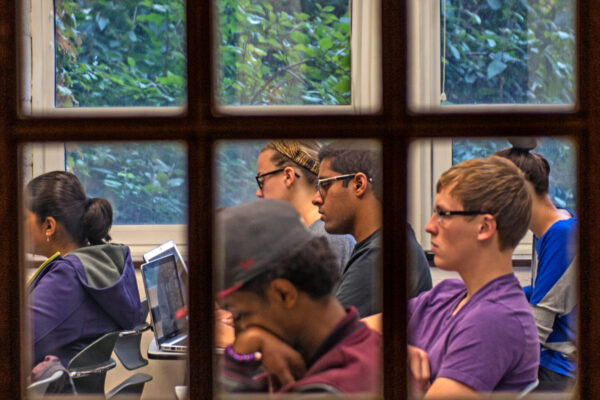Intellectual Property Stealing: Risk Factors for Academic Institutions
Title: Export Controls: Enforcement Agencies Should Better Leverage Information to Target Efforts Involving U.S. Universities
Source: U.S. Government Accountability Office (GAO)
A recent report from the Government Accountability Office (GAO) draws attention to the risk of sensitive information, such as research or technology data, being shared with the home countries of students and scholars studying at U.S. universities. The GAO conducted this study to identify potential threats and mitigate the risk of information subject to export regulations being shared with foreign entities.
To simplify what is considered an export subject to regulation, the GAO provides the following examples:
- Written disclosure: posting export-controlled information on an open discussion board website
- Oral disclosure: a researcher discusses export-controlled research with a foreign colleague
- Visual disclosure: a foreign person visually inspects blueprints which reveal controlled source code or technology
The GAO report identified factors that enhance risk of export-controlled information sharing for U.S. academic institutions:
- Has doctoral programs with high research activity
- Has export-controlled research or technology on campus
- Receives large amounts of funding from federal agencies
- Uses or is developing a technology that a foreign adversary is targeting
- Collaborates on research with foreign entities of concern to the U.S. Government
At present, federal agencies such as the Department of Commerce, Federal Bureau of Investigation, and United States Immigration and Customs Enforcement reach out to universities to notify of potential threats. The GAO reviewed federal agencies’ efforts to mitigate risks to those who could potentially evade export regulations.
In addition to agency-specific recommendations for addressing information sharing threats, the overall recommendation from the report is to find ways to discern risk factors and analyze information to identify universities with the greatest risk.
To read the full GAO Report, click here.
—Alexandria M. Falzarano
If you have any questions or comments about this blog post, please contact us.


